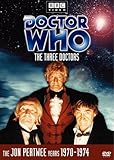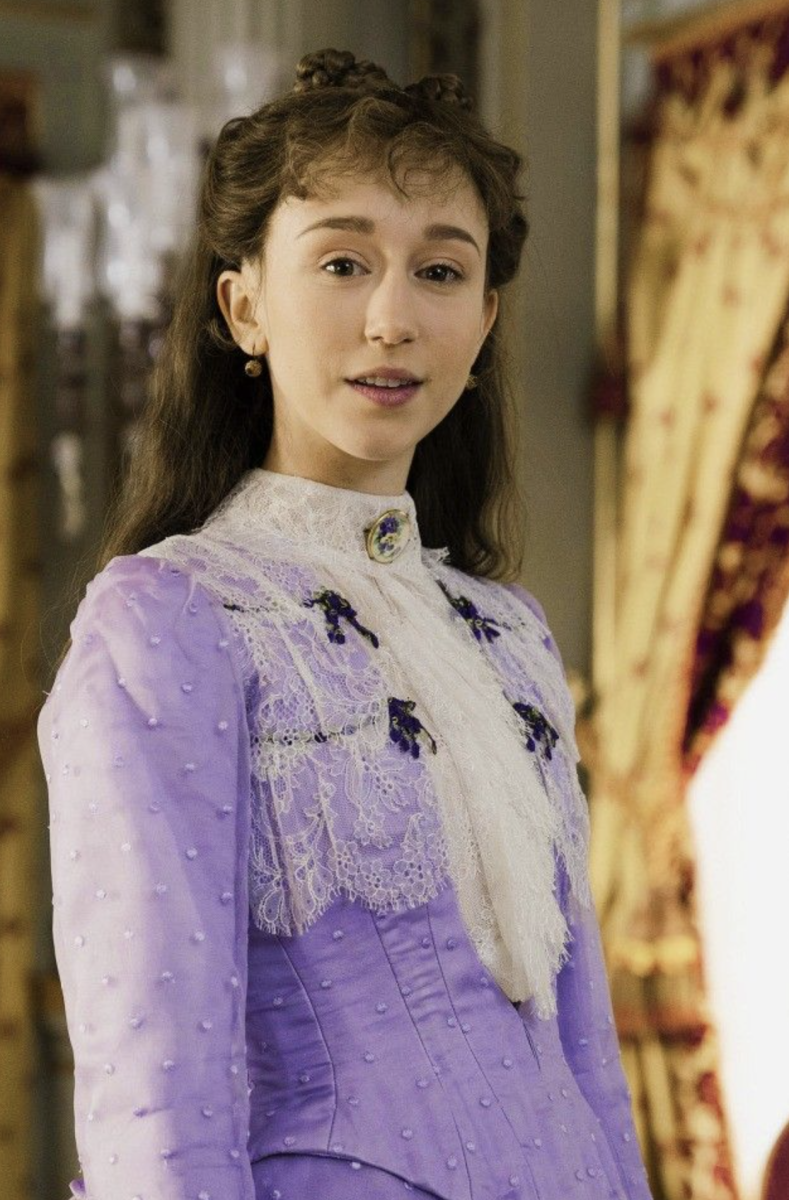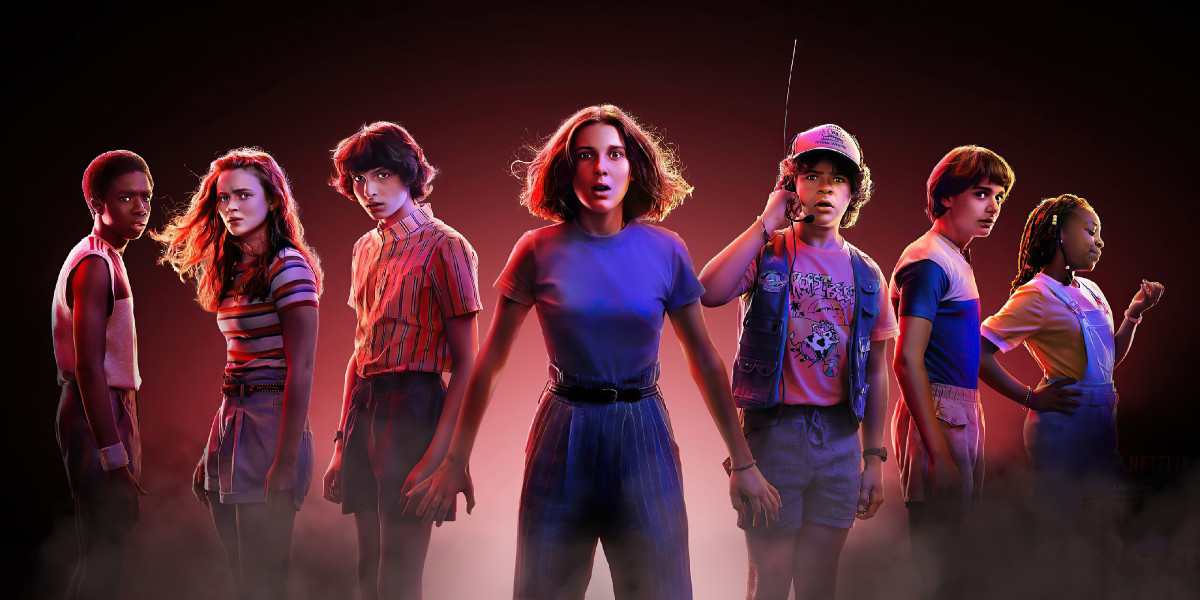Doctor Who - The First Doctor
The First Doctor - William Hartnell
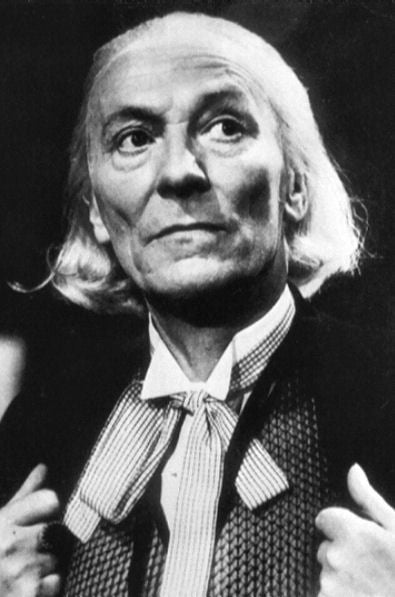
Where it All Began – Meet the First Doctor
Based partly upon the success of the Quatermass Experiment in the early 1950s, the BBC began developing a science fiction series for children in the early 1960s, mainly due to government regulations requiring a minimum number of hours of programming for children. With the help of writer David Whitaker and young producer Verity Lambert, the series Doctor Who was launched on BBC 1 in November of 1963 as a part science fiction, part adventure, part horror and part educational programme. It went on to be one of the longest running shows in television history and one of the UK's most recognisable media exports.
One of the secrets of Dr. Who's longevity is the ability of the lead actor to change through the “regeneration” of the lead character. In the original run of the series from 1963 to 1989, a made for television movie in 1996 and the current series that has run since 2005, we have seen a total of ten Doctors so far, with an 11th announced for 2010. This article focuses on the First Doctor as known from his portrayal on television from 1963-1966.
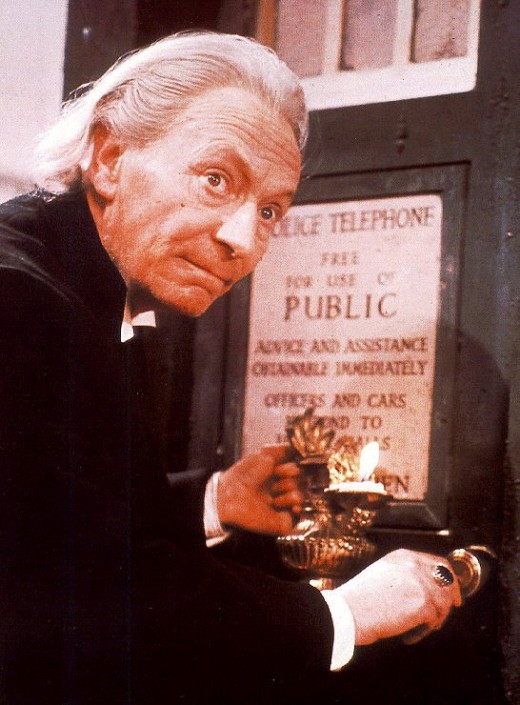
The First Doctor – aka William Hartnell
If he were still alive, William Hartnell would have celebrated his one hundredth birthday on 8 January 2009. As is, he is remembered by fans worldwide as the first first actor to take on the role of the irascible Doctor. He made his début on the stage in 1925 and, began a long film career less than a decade later in 1932's “Say it With Music.” Much of his pre-war career was in comic roles.
After serving in the armed forces during World War Two as a member of the Allied Tank Corps, Hartnell played numerous military roles upon his return to civilian life. It was in a military role that he first entered the world of television in “The Army Game” for a four year stint as Sergeant-Major Percy Bullimore.
His second television role in 1963's “This Sporting Life” is the performance that caught the eye of Doctor Who producer, Verity Lambert. After some convincing, he agreed to take on the role. Later, he noted how much attention he received on the streets from children, and by all indications, enjoyed his time on the show.
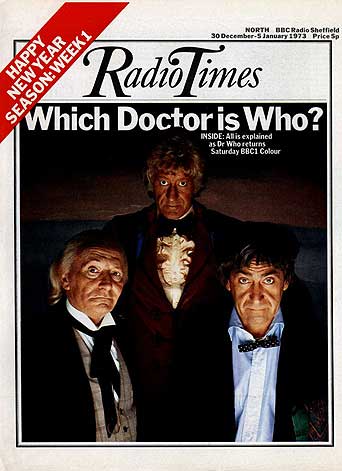
After three years in the title role of a massively popular show, he was forced to leave in 1966 for health reasons, assumed to be the onset of arteriosclerosis. There been rumours that his departure was hastened due to his difficulty accurately remembering his lines and getting along with newer production team members. Others blame his desire to leave the show upon Verity Lambert's departure in 1965 and the change in day to day shooting schedules.
In 1972, just two years before he would be hospitalized for the last time, he returned to the screen as the First Doctor in “The Three Doctors” special, also featuring Second Doctor, Patrick Troughton and the Third Doctor, Jon Pertwee. His pre-recorded video sequences were written into the story.
How did William Hartnell play the First Doctor?
As the first actor to take on a role that, as of that time, had not been created with a regenerating title character. A wily, cranky and apparently morally ambiguous alien, William Hartnell had a very creative blank slate to work with. At this time, the backstory of his life on Galifrey had yet to be invented – he and his granddaughter, Susan, were learned to be renegades who could not go home in the first series. In fact, the viewer is led to believe that the TARDIS (a name Susan claims to have made-up as an acronym for Time And Relative Dimensions In Space) may have even been stolen, though this is never stated.
The physical appearance of the First Doctor was the oldest seen to date. Moreover, he made no references to having had a different life, just a very long one: over 400 years when we first meet him, depending upon who you ask. In fact, very little of the back story that would be developed over the ensuing decades was embryonic. Hartnell portrayed his Doctor as a rather mysterious figure, made possible by his being an alien of unknown origin or intent.
Both Hartnell and the character he played were old men at the time, so his role was not often physical, though there certainly were bursts of the running that the doctor would become known for. Hartnell's Doctor prided himself, to the point of distraction sometimes, on his ability to use his knowledge and cleverness to successfully negotiate dire situations. He was also capable of being very rude and is seen to behave badly on several occasions, especially in early serials.
As for appearance, the First Doctor favoured the dress of an eclectic man of the late 19th century, with a long coat, slightly flared and fitted pants, a ribbon tie and sometimes, a cane. In addition to the native dress he picks up (perhaps most memorably in “The Romans” when he donned a toga), he is seen wearing a cape, a series of particular hats and scarves, as well as a large, black-stone ring, In later incarnations, his wardrobe expanded to include costumes from all times, all over the universe – the TARDIS does have nearly unlimited closet space.
The Doctor and Susan
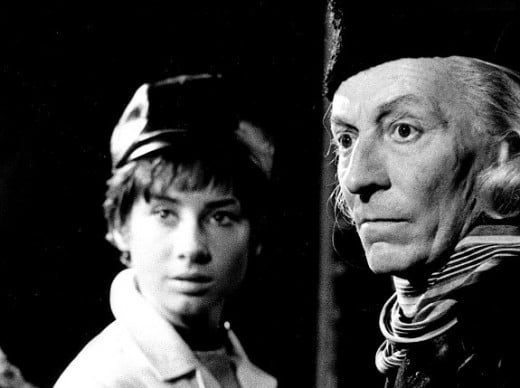
What was the most recognisable trademark of the First Doctor?
Aside from his somewhat flamboyant dress, many people consider the First Doctor's long, white hair to be his most recognisable trademark. Hartnell wore a wig to depict the shoulder-length locks that were trimmed somewhat and swept back in the third and early fourth seasons.
The Doctor with Susan (and Marco Polo on her right!)

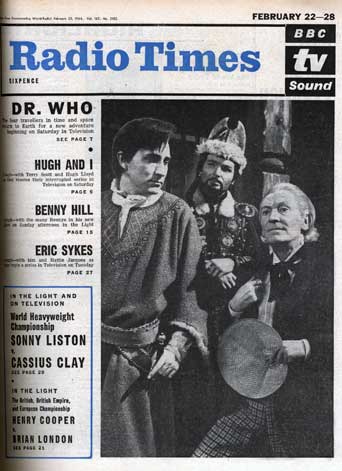
Who were the First Doctor’s companions?
The First Doctor had several companions, the first of whom was his granddaughter, Susan Foreman. It is indicated that they had been travelling for a very long time when we finally meet them. She appears as a 17-year old girl, and is characteristically unstable and screechy at times. While not having some local knowledge, her understanding of the Doctor's favourite subjects is beyond profound – something it can be hard to hide from the locals.
In fact, it is because of Susan that the Doctor takes on his very first human passengers. After he and Susan land on Earth, they set down for awhile so she can go to school on Earth (incognito, of course). Still, she is unusual enough that two curious, young teachers follow her home one night to verify her safe return. It is in the junk yard on Trotters Lane that they first set upon the Doctor, as well as the iconic police box that would become the most enduring icon of the show: the TARDIS.
Her teachers from the Coal Hill School forced their way into the police box (a common sight in early 1960s London) after hearing Susan's voice and fearing for her safety. Here, she hastily introduces the Doctor to her her history teacher, Barbara Cartwright and her science teacher, Ian Chesterton. The human “intruders” (as the Doctor calls them) and the two aliens begin their journeys together as unwilling hostages due to the Doctor's apparently paranoid fear of discovery.
Barbara proved herself a useful companion when travelling through historical situations, as they often did in the early seasons. She is also quite good with logic and helps take care of the “crew.” Ian found himself using his comparatively limited scientific knowledge to translate some of the Doctors instructions and reasonings to the other companions. He is also often called upon to be a physical presence when the others are threatened, as the only able-bodied man of the party.
Barbara and Ian's further travels were a consequence of the Doctor not being able to reliably control where the TARDIS materializes. While they are still travelling with him, the Doctor leaves his Granddaughter on the ruins of 22nd century Earth, after she falls in love with a native. It is not known whether she is capable of regeneration or what her life-span is likely to be, as she only makes one other limited appearance in the series for “The Five Doctors.”
Susan was replaced in short order with Vicki, another very clever 16 year-old girl from Earth, who is the only innocent survivor of a crashed transport ship of the 25th century. She and the Doctor are immediately close companions, enjoying the same sort of humour and helping him adjust to live without Susan.
After Barbara and Ian are sent home using a Dalek Time machine in “The Chase,” the crew is again expanded with Steven, who they rescue and Dodo Chaplet, a young girl from 1960s London who is actually trying to use the TARDIS as a police box when she decides to come for a “ride.”
Lastly, Ben and Polly are both taken on in 1960s London when the Doctor takes Dodo back. He's a navy crewman and she works for the organization that is responsible for creating “The War Machines,” computer controller, WOTAN. They are with him for several serials until he regenerates at the end of “The Tenth Planet.”
Daleks
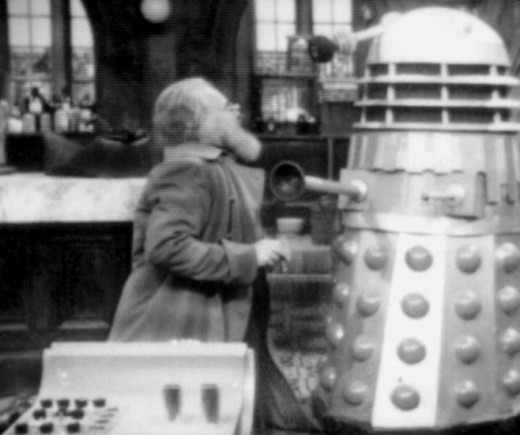
The Cybermen
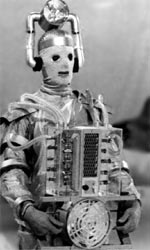
Which major enemies did he face?
The First Doctor didn't start out with many enemies, but in the first few years of the show, he meets a few of the most enduring. The first is the infamous Daleks, who appeared in the second serial, where the TARDIS crew is accosted by them on their home planet or Scarro. They make several appearances in serials with the First Doctor, and are the only species encountered who are also capable of time travel.
In his very last episode, viewers are introduced to the Cybermen who are, not surprisingly, trying to destroy everyone on Earth. The costumes the Cybermen are seen in just prior to the Doctor's regeneration are a very crude prototype of how they would appear just a year later when the Second Doctor encounters them. Other villains included the warlord Tagana, the Voord, the High Priest of the Aztecs (Tlotoxl), Second Sensorite City Administrator, the Aniumus, the Morok Empire, Drahvin clone warriors, all the militaristic powers of Galaxy 4 that the Daleks could sweet talk and the Celestial Toymaker.
Most of the other aliens that the Doctor meets aren't from an entire race of evil beings. They are simply bad examples of the species in question, just like people on Earth. However, many of the apparently evil species bent on domination that the Doctor does meet make subsequent appearances.
The TARDIS
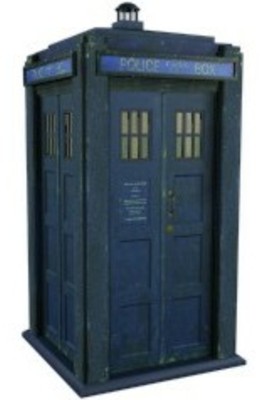
What technology did the First Doctor rely on?
The most famous example of the Doctor's technology was, of course, the TARDIS. Though he did not have many of the gadgets that he'd come to be known for later in the show's history (such as the sonic screwdriver), but he did usually carry a variety of unusual items in his pocket. Additionally, his ship's stores included a large amount of scientific equipment that he puts to good use.
Doctor Who - First Regerenation
Transformation from the First to the Second Doctor
When William Hartnell gave up the role, actor Patrick Troughton stepped into the Doctor’s shoes. The four-part serial, “The Tenth Planet,” was the last time William Hartnell appeared in as the Doctor.
While other regenerations would be the result of sustaining an injury of some kind, the first time was simply old age. At the beginning of the serial he complains of his “tired, old body.” After a battle with the Cybermen, the Doctor arrives back in the TARDIS just in time for a shocked Polly and Ben to witness his transformation. As if to put a point on it, his trademark ring no longer fits, nor does this apparently new man seem to care about the same things or have the same talents.
Want to know more? This is the ultimate guide to this era...
Episodes and story lines of the First Doctor
Season One 1963-64
- An Unearthly Child – The Doctor, Susan and two human teachers visit 100,000BC and are held hostage for their fire-making skills
- The Mutants – One race of humans tries to talk sense into a race of cyborgs
- The Edge of Destruction – A mysterious force is trying to get into the TARDIS with a message
- Marco Polo – Our heroes are forced into the caravan of the Italian explorer as he travels China and survives court intrigue
- The Keys of Marinus – A machine that makes people be good can be reactivated with keys hidden all over this alien world
- The Aztecs – Mistaken for gods, they try to get back to the TARDIS before being carved up as sacrifices
- The Sensorites – Delicate race of telepaths are trying to get over their fear of humans and solve a public health crisis
- The Reign of Terror – The Doctor gets caught up in playing the part in post-revolutionary France
Season Two 1964-65
- Planet of Giants – The crew is reduced to the size of insects and goes on an incredible journey.
- The Dalek Invasion of Earth - The early 20th century Earth has been invaded by Daleks and it's up to the Doctor to make a rescue
- The Rescue – a young girl must be rescued from the clutches of an alien, or must she?
- The Romans – A vacation turns into an adventure in Nero's Rome after Ian and Barbara are captured and sold as slaves
- The Web Planet – The TARDIS crew is involved in a civil war between sentient insect live-forms.
- The Crusade – The Doctor and his companions must avoid the Persians and the English
- The Space Museum – Something very odd is going on and the crew must avoid becoming an exhibit
- The Chase – The Daleks are experimenting with time and the Doctor must stay one step ahead.
- The Time Meddler – Another of the doctors' kind is fleecing the locals in 10thcentury Earth.
Season Three 1965-66
- Galaxy 4 – The worst of Galaxy Four plots against Earth and the Doctor must save the entire Galaxy from the Daleks' friends
- Mission to the Unknown a.k.a. "Dalek Cutaway" – the only ever episode ever made without the doctor
- The Myth Makers – a trip to ancient Greece inspires Vikki to play a role
- The Daleks' Master Plan – This 12-part long-form series is the longest ever done for Doctor Who.
- The Massacre of St Bartholomew's Eve – The Doctor and Steven are in precarious situations with political intrigue
- The Ark – Colony ship is visited twice on their journey with very different results
- The Celestial Toymaker – This powerful being want to keep the Doctor nearby to play games
- The Gunfighters – The doctor just wants an end to his toothache
- The War Machines – A super-intelligent computer is poised to take over the world
This hub brought to you...
by Julie-Ann Amos, professional writer, and owner of international writing agency www.ExquisiteWriting.com
Why not create your own HubPages? It's fun and you can make revenue from Adsense and other revenue streams on your pages. JOIN HUBPAGES NOW - SIMPLY CLICK HERE...
This work is licensed under the Creative Commons Attribution-Non-Commercial-No Derivative Works 3.0 Unported License. To view a copy of this licence, visit http://creativecommons.org/licenses/by-nc-nd/3.0/ or send a letter to CreativeCommons, 171 Second Street, Suite 300, San Francisco, California94105, USA.
Season Four 1966
- The Savages – A supposedly ideal society has a gruesome secret
- The Tenth Planet – A tenth planet has appeared, but it's not all that it seems

